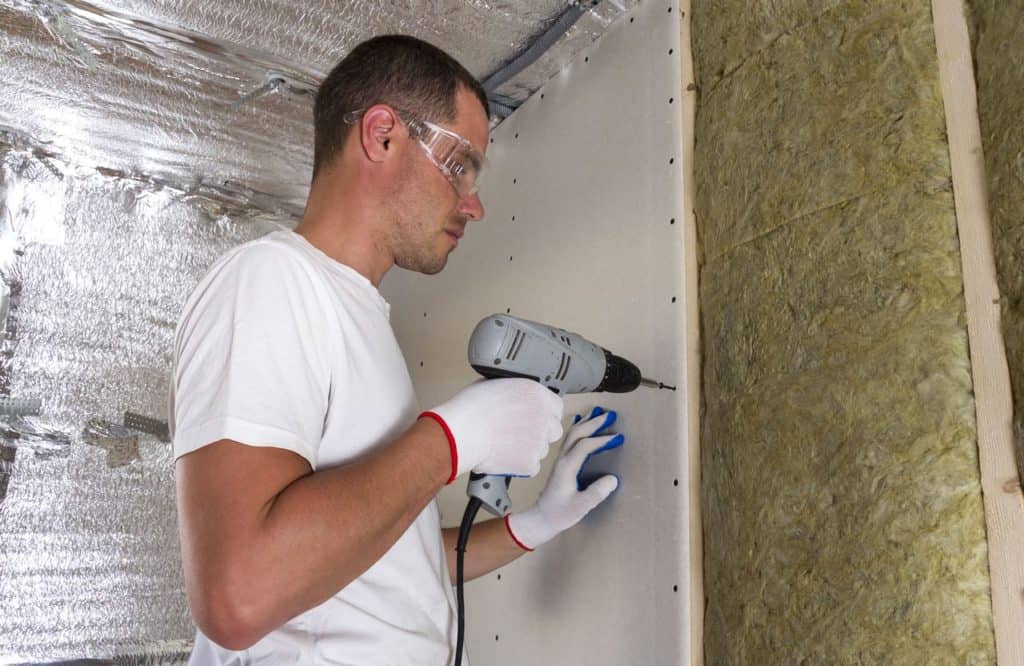When we talk about home improvements, there are always various decisions that need to be made such as – whether you’ll go for carpet or hard-wood floors; whether to go for paint on walls or opt for wallpaper application; whether to opt for foam or fibreglass insulation – the list can go on. And when it comes to relining a wall, you’ll have one more choice to choose from – whether to opt for plasterboard or plaster.
Hence, if you’re looking to repair an old damaged wall or renovate your home, you’d want to know which is the better option – plaster or plasterboard. So, without further wasting any more moments, let’s get into the differences between the two options you’ll have at your disposal.
All About Plaster
According to a popular service provider for GIB stopping in Auckland, a traditional plastering finish will provide your ceilings & walls with a smooth result, which plasterboards cannot provide. You can easily achieve an exceptional finish using wet plaster and plaster is designed to be resistant & durable over time.
Furthermore, when you choose wet plaster, you’re given the added advantage of having no restrictions as to where you can utilise it. From door frames to window bays – you can apply wet plaster anywhere – especially if you have the skill and perform the ideal application process. Besides, wet plaster also provides a better seal than plasterboards, which means that your home interiors will be much better insulated.
However, there are also some downsides to choosing plaster and the biggest one of them is the overall craftsmanship & skill you’re required to complete the task efficiently. Such is the reason why good plasterers continue to hone their skills for years, which means DIY plastering will be a tough job especially if you have no prior experience or skills.
All About Plasterboard
Plasterboard is a great alternative to plastering because unlike plaster you don’t have to wait for plasterboards to dry. Ready-made plasterboards will attach to your wall and the process is pretty simple since all you have to do is to measure the wall area and then order the ideal number of plasterboard units. Once the plasterboards are set in place, the joints between the plasterboards are filled up using jointing compounds and a smooth surface is achieved.
One of the most challenging aspects of using plasterboards in the process of taping the joints, for which you’ll need the ideal materials & tools. Typically, using a taping knife will do the trick.
Which Is The Better Option?
It’s safe to say that plasterboard application is the easier process out of the two. However, if you’re looking to obtain that unique smooth finish on your home interior walls, then you have to opt for plaster.

